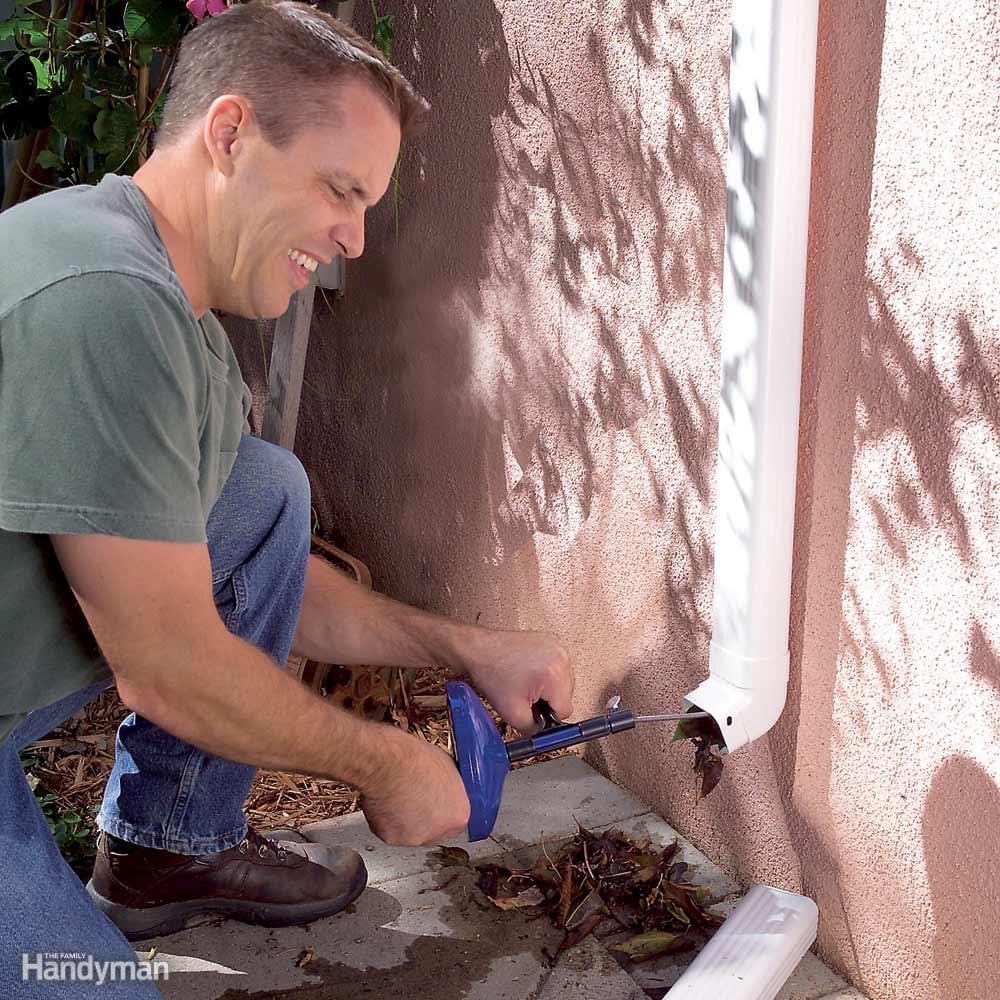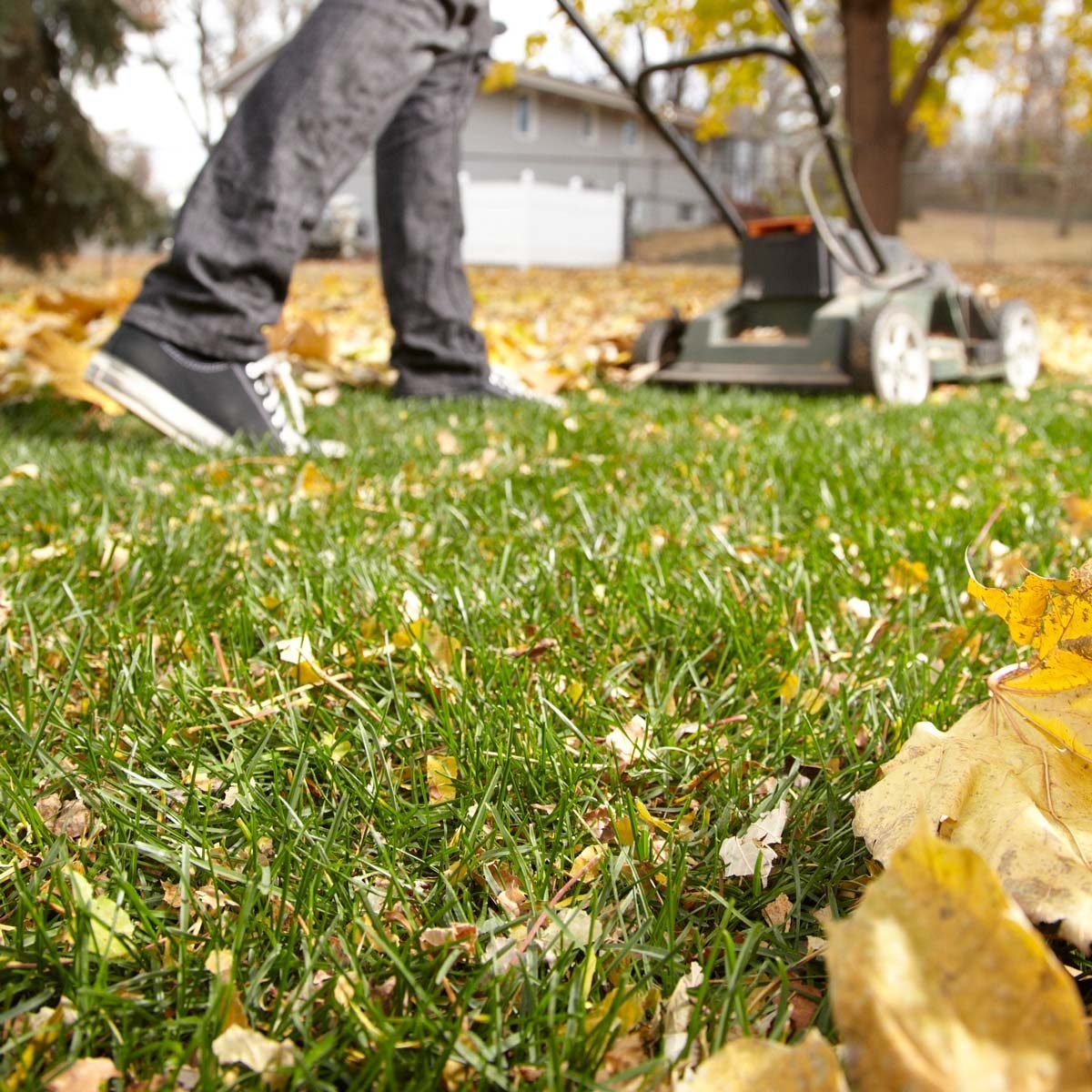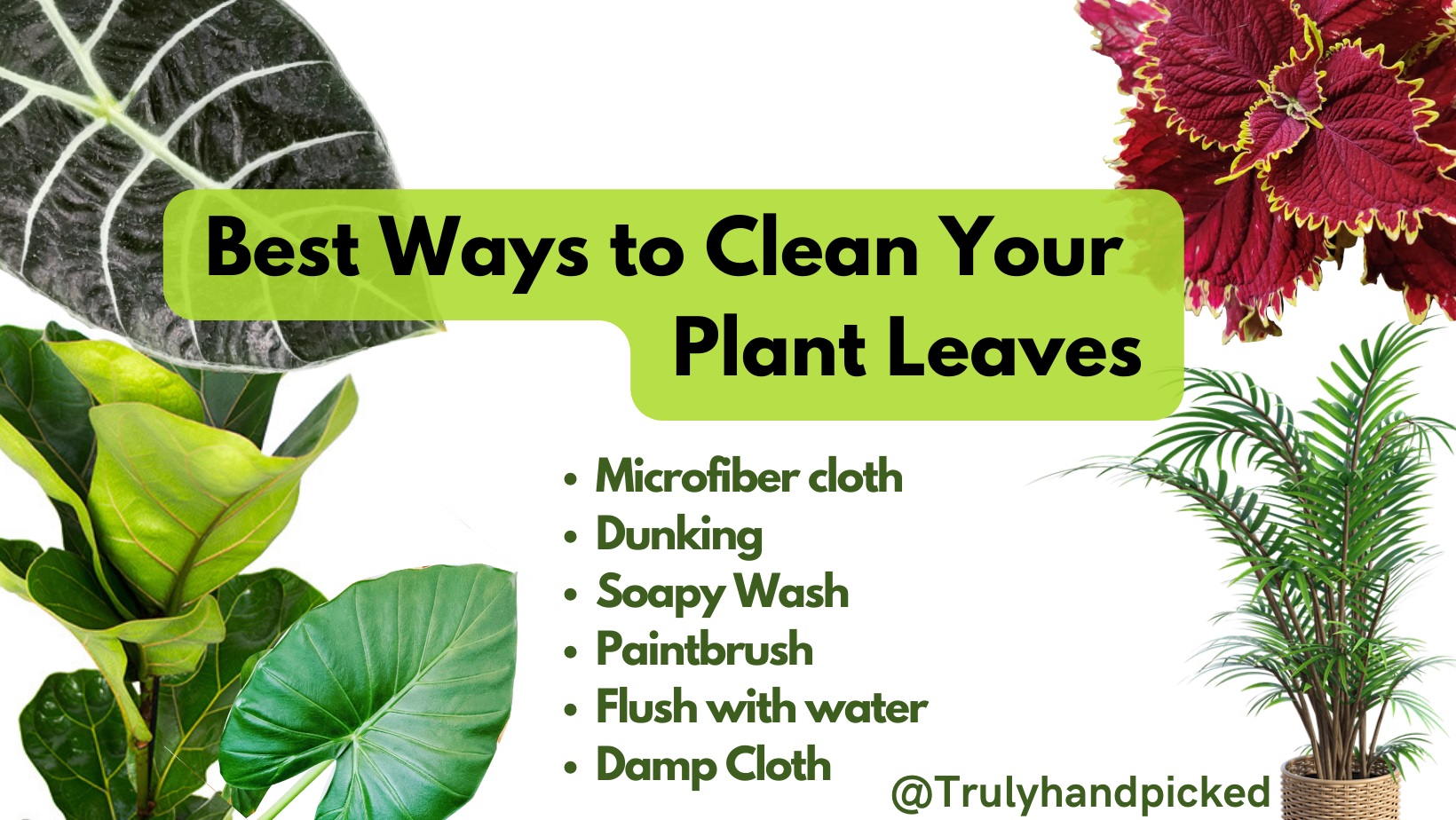If you want to save hours of work this fall, read these tips on how to get rid of leaves soon.
Wet leaves can quickly become a nuisance in yards and gardens. As falling leaves accumulate and decompose, they form a dense, soggy mat that smothers grass and creates a slippery mess. Removing these wet leaves takes a bit more effort than dry leaves, but it can be done with some simple techniques.
Here are effective methods for clearing out stubborn wet leaves from your landscape
Use a Powerful Leaf Blower
A gas-powered leaf blower with high air velocity is one of the best tools for tackling wet leaves. The strong concentrated stream of air helps lift and separate the damp leaves. Leaf blowers work best if you have a helper raking and agitating the piles to loosen them up before blowing.
Hold the blower nozzle close to the ground and slowly move it back and forth. Work in small sections starting from one end For very wet, matted leaves, you may need to go over areas several times
Rake and Agitate the Leaves
For small yards, hand raking combined with agitation works well for clearing wet leaves. Use a stiff, sturdy rake with rigid tines that can penetrate the leaf layer.
Rake and lift sections vigorously to break apart the leaves. You can also stomp on piles or stir them with a shovel or hard rake to loosen the compaction. Let the disturbed piles air out for a bit before raking them up again.
Mow Over Leaf Piles
Running a lawn mower over the leaves will shred and chop them into smaller pieces that dry out and decompose faster. This works best if the leaves are not sopping wet. Mow over them using a high setting, bagging or mulching leaves as you go.
You may need to make a few passes to get them finely shredded. Afterwards, rake up and dispose of any remaining leaf bits. Your lawn will emerge freshly groomed.
Use a Power Rake or Dethatcher
Power rakes, also called dethatchers, use stiff tines that dig down and rip into the leaf layer to dislodge them from the ground. Adjust the tine depth setting so they can reach the soil surface. Make crisscrossing passes until leaves are pulled up.
Power rakes work well if leaves are not thickly matted. Rake or blow leaves into piles afterward for removal. This tool also helps remove any remaining leaf debris from the lawn.
Try a Wet/Dry Vacuum
For smaller yards or confined areas, a wet/dry shop vacuum is ideal for sucking up soggy leaves quickly. Use the blower function first if needed to loosen compacted piles before vacuuming.
Work systematically in sections. Empty the vacuum debris tank frequently so suction power doesn’t decrease. A vacuum with a shredding function provides extra leaf volume reduction.
Utilize Tarps for Removal
For moving and hauling away large volumes of wet leaves all at once, tarps offer an easy solution. Rake or blow leaves into piles on top of an open tarp. Once filled, carefully drag the tarp to your disposal spot.
Poly tarps are durable and less likely to rip. Clean off any remaining stray leaves from the lawn using a blower.
Try a Power Grader or Box Blade
Skid steer loaders and tractors equipped with a grader or box blade attachment can quickly scoop and scrape up piles of wet leaves. The sharp edged blade easily penetrates and lifts even heavy, waterlogged leaves with each pass.
deposit them into a dump cart to haul away. This powered equipment makes quick work of major leaf cleanup jobs.
Use Livestock for Removal
Certain livestock like goats, sheep and cattle will readily consume fresh green leaves and dried leaves as forage. After some initial hesitation with unfamiliar foods, they will clean up leaf-strewn pastures handily.
Introduce livestock gradually in small paddocks first. Monitor to ensure they are not ingesting any toxic plants or leaves. Remove uneaten piles as needed.
Apply Compost Accelerators
Special blends of microbial inoculants help speed decomposition of wet leaf piles. Products like compost starters contain helpful microbes and enzymes that break down leaves and plant debris.
Scatter accelerant as directed over dried leaves and work into piles with a rake or let sit. Repeat applications may be needed for large volumes. Over time the leaves will rapidly disintegrate.
Avoid Piling Leaves Against Structures
When removing wet leaves, take care not to pile them flush against structures like homes, garages or sheds. The moisture and decomposing matter could lead to mold, wood decay or insect damage over time.
Rake leaves a few feet away into piles before transporting off site. Never push massive piles right up against house foundations.
Work During Optimal Weather
Ideally, tackle wet leaves on dry sunny days when leaves have had a chance to dry out somewhat. Avoid trying to remove soggy saturated leaves immediately after rains, as they will be heaviest and stick together stubbornly.
Schedule small segments over multiple days if needed. Letting leaves partially air dry makes removal much easier.
Thick layers of wet leaves can quickly accumulate in yards and smother lawns after a season of heavy leaf fall. With some diligent raking, mowing and blowing, you can reclaim your yard and gardens. Follow these handy techniques for clearing out piled up wet leaves quickly and efficiently.
How Do I Keep My Stone Mulch Clean?You’ll have to pull weeds occasionally, but the main problems are leaves and other debris from trees and shrubs that clutter the appearance. The easiest way to remove debris is to suck it up or blow it away with a
Here is how to use a leaf blower properly!

Gutter SpoutsThis is an ongoing

How to remove leaves from a backyard | moving wet leaves
How do you get rid of wet leaves without a rake?
The good news is, you can get rid of wet leaves without a rake or a leaf blower. Simply mow the leaves until they are finely chopped and you’ve just mulched your lawn with leaves! After you’ve mowed the leaves in your lawn, apply a high-nitrogen fertilizer in spring. This will help encourage the leaves to break down and enrich your soil.
How do you stop bed-wetting?
Most children who wet the bed overcome the problem between 6 and 10 years of age, and almost all children eventually get over it, even without special treatment. Never punish, shame or blame your child for wet nights and remember to praise her for dry nights. Call your doctor promptly if your child starts wetting the bed after having been dry at night for some time, especially if he is wetting theed and also has fever, pain when urinating, or seems to be urinating or drinking more than usual. For children of any age who wet the bed, these steps may help: Encourage your child to use the bathroom regularly during the day. A few hours before bedtime, cut back on beverages as well as foods that melt into liquids (for example, Popsicles) Remind your child to go the bathroom before going to bed. Make it easy for your child to find the bathroom at night. Praise your child for dry nights. Other options include: Bedwetting alarms Behavioral therapy Short term use of medications
How do you pick up wet leaves?
The best way to pick up wet leaves is with a garden rake and mulch shovel. They can be moved to an area out of the way to dry out or placed in a leaf cage to turn into leaf mold. Fall leaves are a fantastic ingredient to add to your compost, or to the top of garden beds as a mulch.
How do you move wet leaves?
Dry leaves are easier to shred and once shredded can be placed on top of garden beds as mulch or placed in a compost bin to break down and turn into a rich humus over a period of around 6 months. Rakes are the easiest way to move wet leaves. 3. Wet leaves can cause rust
- The Ultimate Guide to Growing Strawberries in Raised Beds - August 8, 2025
- No-Dig Garden Beds: The Easiest Way to Grow a Beautiful Garden - August 6, 2025
- How to Protect and Preserve Wood for Raised Garden Beds - August 6, 2025

